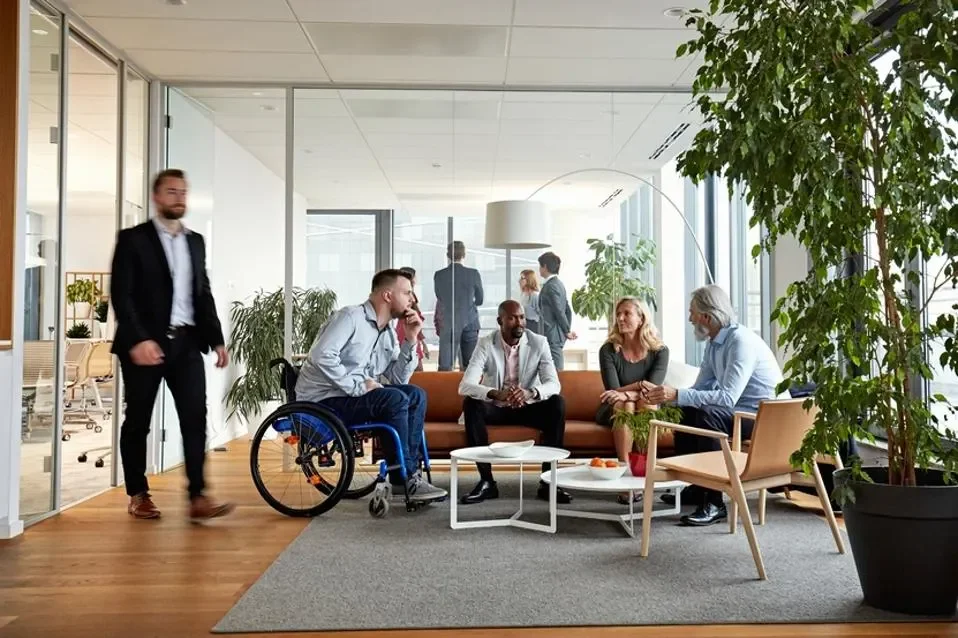Workplace Inclusion Strategies for Neurodivergent Employees
Flexible Work Arrangements
Offer options like remote work, adjustable hours, or part-time schedules to help manage energy levels, sensory needs, and medical appointments.Sensory-Friendly Workspaces
Provide quiet zones, allow noise-canceling headphones, adjustable lighting, and minimize clutter or strong scents to reduce sensory overload.Clear Task Structure & Predictability
Break projects into smaller steps with deadlines, use visual schedules or checklists, and maintain consistent routines when possible.Accessible Training and Onboarding
Use multiple formats (videos, written guides, hands-on demos) and allow extra time for learning new processes.Provide Mentorship and Peer Support
Pair neurodivergent employees with mentors or “buddies” who understand and can offer guidance in workplace navigation.Encourage Strength-Based Role Design
Assign tasks aligned with employees’ unique skills and interests, allowing them to leverage their strengths effectively.Implement Clear Policies for Accommodations
Make it easy and stigma-free to request accommodations, and ensure confidentiality and responsiveness.Promote a Culture of Acceptance and Flexibility
Foster an environment where diversity in thinking and working styles is valued, and differences are celebrated rather than just tolerated.
www.forbes.com/sites/juliekratz/2023/10/09/how-to-be-more-inclusive-of-people-with-disabilities-in-the-workplace/.
Brewing an Inclusive Work Environment with Disability Inclusion. Produced by WorkingNation Discourse. Youtube, www.youtube.com/watch?v=7IOBFZOihkc.
Kratz, Julie. "How To Be More Inclusive Of People With Disabilities In The Workplace." Forbes, 9 Oct. 2023, www.forbes.com/sites/juliekratz/2023/10/09/how-to-be-more-inclusive-of-people-with-disabilities-in-the-workplace/.
Sniderman, Brenna, et al. "Building the neuroinclusive workplace." Cross-Industry, www.deloitte.com/us/en/insights/topics/diversity-equity-inclusion/creating-neuroinclusive-workplace.html.

